Aoife McHugh is a freelance wellness writer and yoga teacher based in Abu Dhabi. Here, she writes about International Meditation Day (May 21st), and how you can take time to pause without even stopping.
Our breath is the only thing that stays with us from the moment we are born to the day that we die. Despite this, it took me 30 years to begin to understand the power of my breath.
Over the past few years, I have become aware of this passive prana that politely goes about its bodily business. When translated from Sanskrit, prana means life-force energy. Every day we breathe air to fill up and live. You might think this would be enough, but no, our breath still has so much more to give.
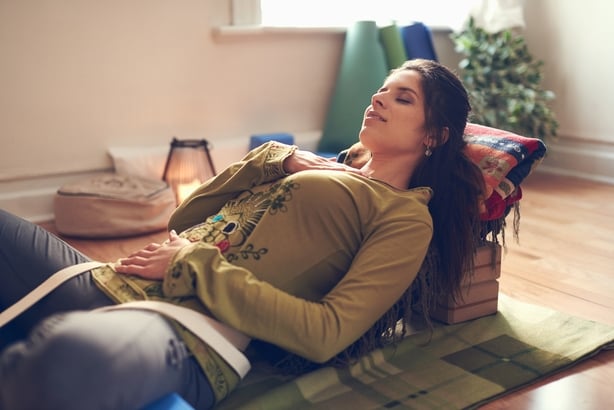
Meditation has been around for centuries. It is accessible and comes in many different forms.
Traditionally, meditation takes place in a seated position with an upright spine. However, given the universal, versatile nature of this practice it is now also a regular feature at bedtime. My personal preference is a sleep story when I need help powering down. I defy anyone to listen to the dulcet tones of Scottie Pippen and not drift into dreamland via the NBA shooting star.
I now try to incorporate an air of awareness into all areas of my life. This is where my interest in walking meditation stems from. The fact that it is scientifically linked to cultivating creativity and innovation makes it even more enticing in my eyes.
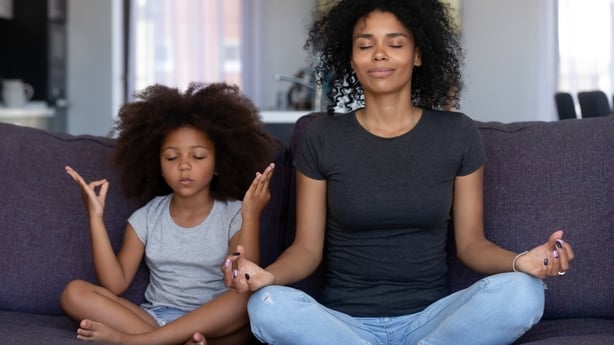
Simple Steps:
- Find a quiet spot, indoors or outdoors where you can take 10-15 steps, then pause to take a breath for as long as you like. Repeat this cycle.
- Notice the features of each step. Walking meditation involves paying close attention to actions that you normally do without thinking.
- As you walk, try to process one or more sensations that you would normally take for granted such as your breath flowing in and out of your body. Time to tune into the world around you and engage with your environment.
- In my experience, when I plug earphones in, I disconnect from the outside. They control so much more than my auditory canal; directly affecting my stream of consciousness.
- For many people, slow, formal walking meditation may sound like a snooze fest, but it provides space for you to get to know yourself (you might discover that you are actually quite sound).
- Remember consistency beats resistance every time. As time passes, you can try to bring the same degree of awareness to any activity, like running. This will enable you to experience the sense of presence that is available to us at every moment as our lives unfold.
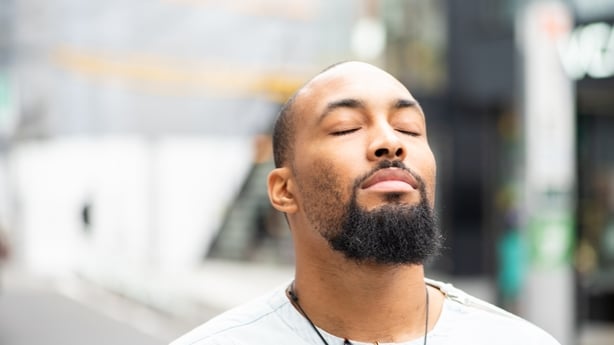
Why try it?
Much of our time is spent rushing from place to place, so preoccupied with our next activity that we don't really notice what we’re doing now. We risk becoming an extra in our own lives rather than the central character.
Let’s face it, as a result of living through a pandemic, at some point, we have probably all felt like sailors in a sea of uncertainty. Mindful movement provides us with a life-vest, allowing us to ride the wave of worry instead of being consumed by it.
By increasing awareness of mental and physical states, walking meditation—akin to mindfulness in general—can help us gain a greater sense of control over our thoughts, feelings, and actions. This allows us to respond in more constructive ways when we experience negative thoughts or emotions.
Research suggests that it can not only reduce stress but also increase our experience of positive emotions. With much negativity in the news lately and because science says so, this is surely worth a shot?
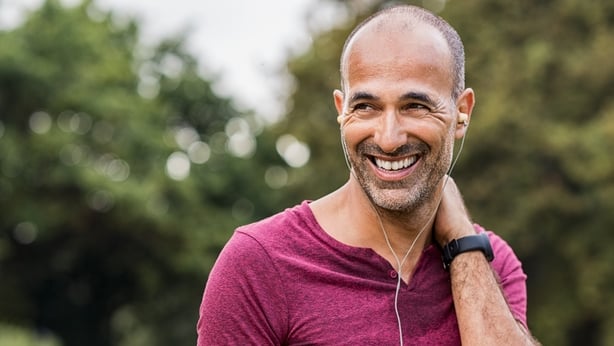
Paving the way for pensive thought
In One Stanford University Study, researchers found that walking enhances the use of imagination by 60%. "Walking opens up the free flow of ideas, and it is a simple and robust solution to the goals of increasing creativity and increasing physical activity."
This article also cites some famous faces who have used mindful walking to up their professional pace such as Ernest Hemingway. These creative forces put their best foot forward to generate novel ideas. Steve Jobs was also known for walking meetings during his time at Apple.
Business Innovator Nilofer Merchant also promotes pavement pacing as opposed to seated meetings in strip-lit offices. She describes sitting as the smoking of our generation because of the health impacts linked to long periods in the same position. Given the number of people who are now working from home, this is another positive point to consider.
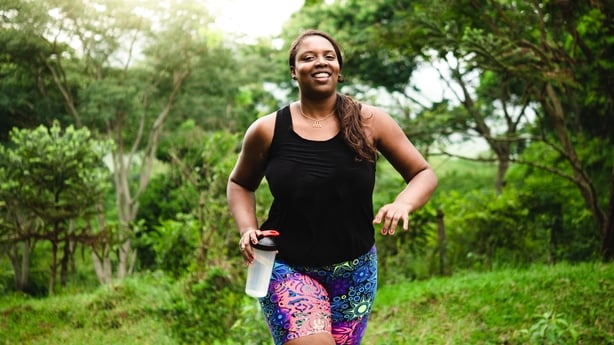
Walking in itself, is no mean feat as it requires the use of multiple parts of the brain to co-ordinate and maintain balance. There are theories that this specific movement works wonders because the brain has to engage in a myriad of ways.
As I prepare to head out the door for a walk, I think twice before picking up my device, mainly because it creates a barrier between me, myself and I. Instead of using this time to organise my thoughts, I tend to use my phone to catch up on other people’s lives.
I am on a mindful mission to find a balance between catching up with family and friends through WhatsApp voice messaging and shooting the breeze with, well, me. I now try to mix it up between messaging others and mindfully observing what is happening around me. Now that I have identified how I am locking myself out, it is clear that mindful walking holds the key. The next time you reach for your phone, or tap the symbol on that app, ask yourself what value you will derive from that.
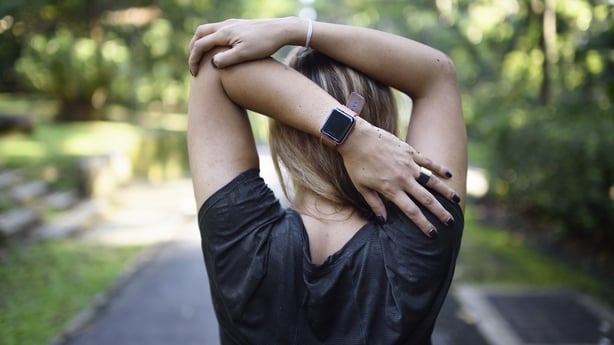
In the midst of your regular routine, use habit stacking, to make mindful movement a regular feature of your week. In short, this involves adding a new habit on to something you already do, for example, after you put on your walking shoes, text a member of your family to say how long it will take.
This will add accountability and will allow you to take advantage of the natural momentum that comes from one behavior leading into the next.
Set aside time every day, to allow yourself to stroll and thoughts to flow with nothing in the way. If you can, walk somewhere without bringing your phone. Pay attention to the sensations you experience within your body and the thoughts that spring to mind. With a meditative pep in your step, you never know what you might find.


